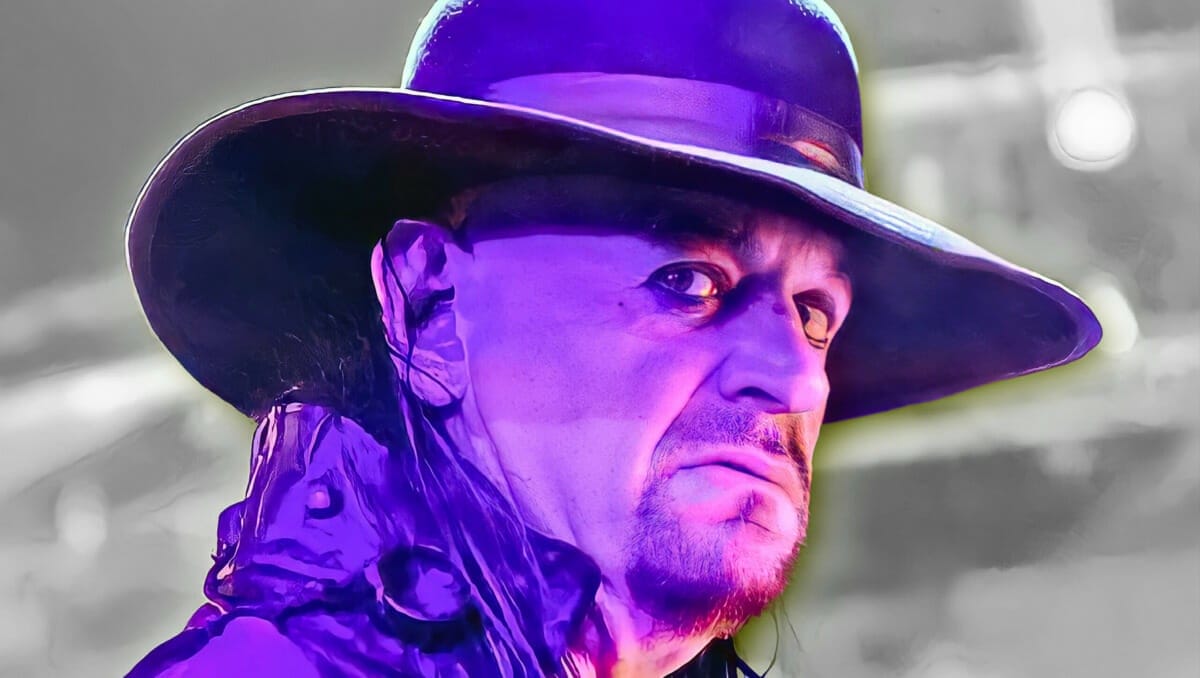

The reality of the Marabou stork is anything but that. Storks in general usually conjure up adorable images of white-feathered birds delivering bundles of joy. The Marabou stork is a species that most people would frown upon due to their dirty “walking dead” like appearance and somewhat disgusting dietary habits.
Private Migration Safari in Tanzania & Kenya. Family Friendly Madikwe and Marataba Safari. In The Footsteps of East African Tribes. Migration, Hides & Helicopters in Kenya. Northern Lights And Ice Caves Of Iceland. Masai Mara Wildlife Photography Workshop. The Undertaker was photographed during a photography safari on an early morning game drive in the Maasai Mara Game Reserve, Kenya. As with vultures, marabou storks perform an important natural function by cleaning areas via their ingestion of carrion and waste. When feeding on carrion, marabou frequently follow vultures, which are better equipped with hooked bills for tearing through carrion meat and may wait for the vultures to cast aside a piece, steal a piece of meat directly from the vulture or wait until the vultures are done. In both cases, a feathered head would become rapidly clotted with blood and other substances when the bird's head was inside a large corpse, and the bare head is easier to keep clean. The marabou stork is a frequent scavenger, and the naked head and long neck are adaptations to this livelihood, as it is with the vultures with which the stork often feeds. It is sometimes called the "undertaker bird" due to its shape from behind: cloak-like wings and back, skinny white legs, and sometimes a large white mass of "hair". It breeds in Africa south of the Sahara, in both wet and arid habitats, often near human habitation, especially landfill sites. The Marabou Stork (Leptoptilos crumenifer) is a large wading bird in the stork family Ciconiidae.





 0 kommentar(er)
0 kommentar(er)
